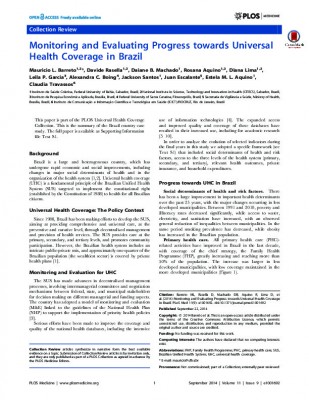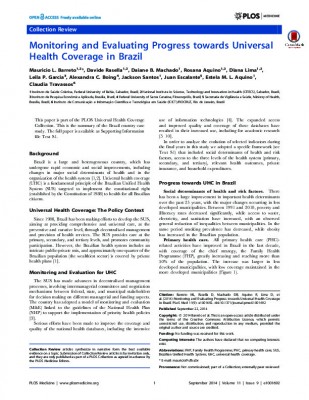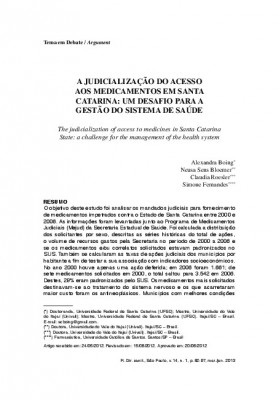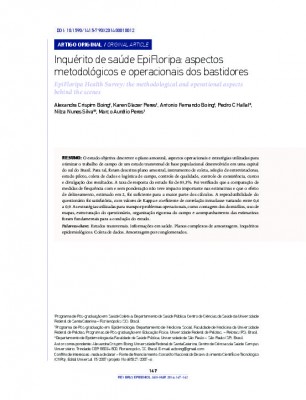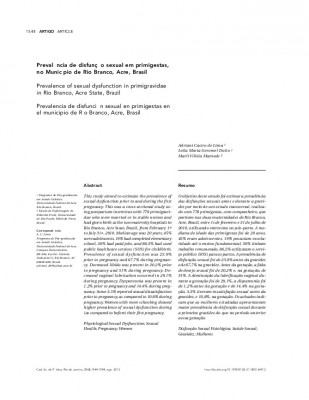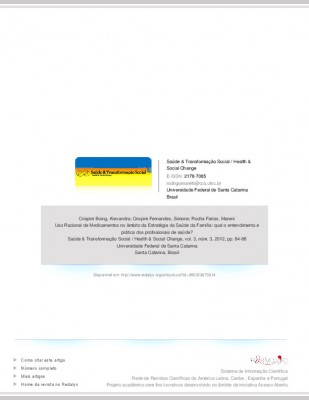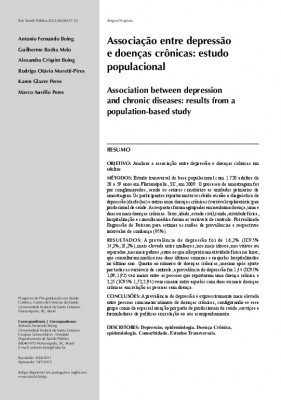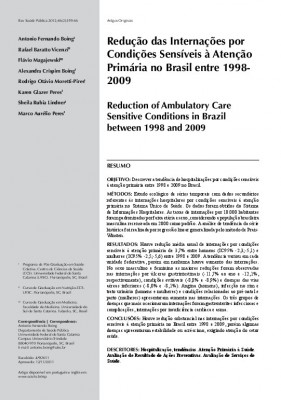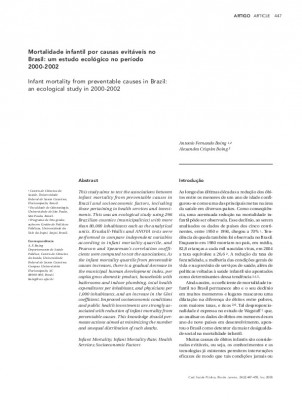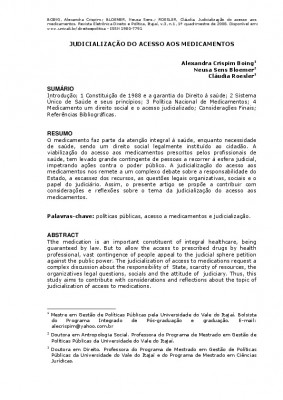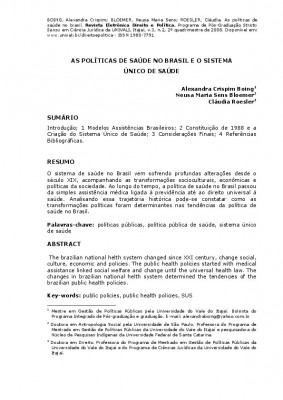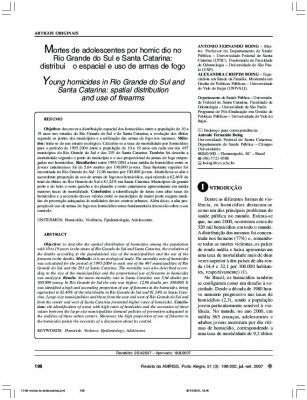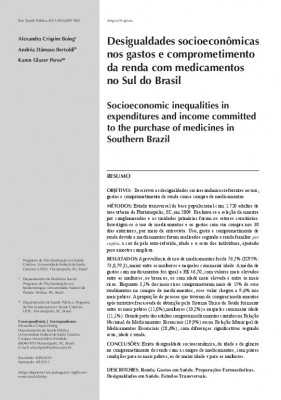
Resumo
OBJECTIVE:
To describe socioeconomic inequalities regarding the use, expenditures and the income committed to the purchase of medicines.
METHODS:
A cross-sectional population-based study was carried out with 1,720 adults living in the urban area of Florianópolis, Southern Brazil, in 2009. Cluster sampling was adopted and census tracts were the primary sampling units. Use of medicines and the expenditures incurred in their purchase in the past 30 days were investigated through interviews. Use, expenditures and the income committed concerning medicines were analyzed according to per capita family income, self-reported skin color, age and sex, adjusting for the complex sample.
RESULTS:
The prevalence of medicine use was 76.5% (95%CI: 73.8; 79.3), higher among women and in older individuals. The mean expenditure on medicine was R$ 46.70, with higher values among women, whites, older individuals and among richer people. While 3.1% of the richest committed more than 15% of their income to purchasing medicine, that figure reached 9.6% in the poorest group. The proportion of people that had to buy medicines after an unsuccessful attempt to obtain them in the public health system was higher among the poor (11.0%), women (10.2%) and the elderly (11.1%). A large part of the adults bought medicines contained in the National List of Essential Medicines (19.9%) or in the Municipal List of Essential Medicines (28.6%), with significant differences according to gender, age and income.
CONCLUSIONS:
There is socioeconomic, age and gender inequality in the income committed to the purchase of medicines, with worse conditions for the poor, older individuals and women.


